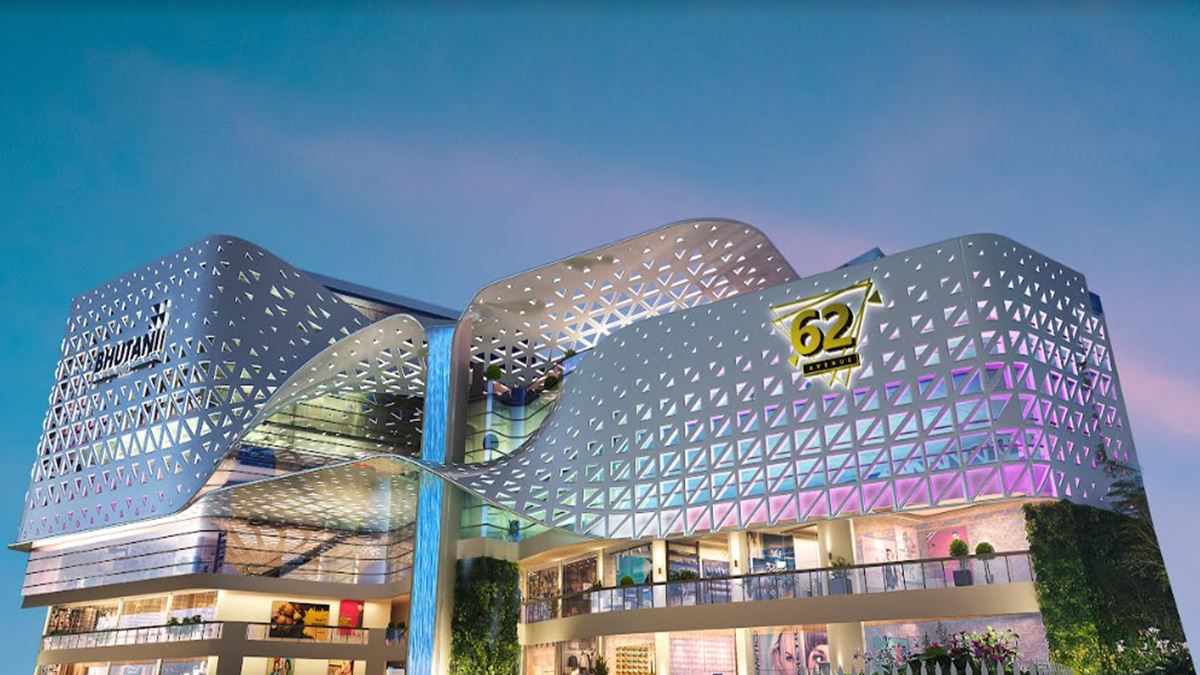India’s real estate sector has been an essential contributor to the country’s economic development, especially in a year marked by resilience and growth. The sector has demonstrated sustained growth and adaptability, highlighting its crucial role in steering India’s economic progress towards prosperity and innovation. The commercial realty market, which includes office spaces and retail developments, showed significant growth trends throughout the year. The commercial realty sector is expected to continue growing in office leasing, supported by India-facing businesses and Global Capability Centers (GCC).
The office space leasing activity showed robust demand and healthy growth, resulting in a 33 percent increase in gross office space leasing during Q3 2023 across the top 9 metro cities. This indicates that occupiers have confidence in the market. The market analysis reveals that American and domestic firms leading the office space absorption during the July to September quarter in the office space sector have performed exceptionally well, outperforming the expectations set for 2023.
Also Read: Traveling during peak seasons? Be careful about these 6 things
Foreign Direct Investment (FDI) saw a significant shift towards the Asia-Pacific region after the pandemic, according to UNCTAD. While global FDI declined by 12.4% in 2022, the Asia-Pacific region saw a remarkable 8% increase, accounting for a significant 55% share of global inward FDI. The Asia-Pacific region is projected to account for over 80% of global middle-class growth, according to World Data Lab. This growth is a historic turning point, indicating that the percentage of the region’s population living below the poverty line will drop below 50 percent for the first time. This is a positive development and bodes well for the real estate market, reflecting an optimistic outlook.
In India, the adoption of open workspaces, embracing open-plan layouts, hot-desking, and shared spaces, is prevalent. This trend encourages collaboration, and adaptability, and fosters a sense of community among employees. Amenities such as flexible seating, breakout lounges, and on-campus F&B options empower employees to tailor their workspaces, leading to enhanced satisfaction and productivity. Besides, there is an increased focus on adopting environmentally responsible practices and promoting sustainability in workplaces. This trend is evident in India’s top six cities where there has been a surge of 36 percent in green-certified office spaces. The total area of such certified offices in these cities amounts to 342 million square feet as of June 2023, according to a report by CII-CBRE.
The commercial real estate industry in India has been flourishing, not just in the office space segment but also in retail. According to a report by CBRE, retail leasing in India saw a 24 percent year-on-year growth in the first half of 2023. Bengaluru, Delhi-NCR, and Pune accounted for over 61% of the leasing activity during this period, indicating their popularity among brands. The increase in urban consumption has led to higher retail sales across segments, boosting the retail business.
The RBI’s Consumer Confidence Survey of September 2023 reveals that household spending has remained strong over the past year. The survey also predicts that higher urban spending will continue over the next 12 months, further enhancing the growth of the retail industry. Experts predict that India will witness a surge in mall expansions over the next 3-4 years, with an anticipated increase of 30-35 million square feet. This growth represents over one-third of the current mall stock.
Amidst the remarkable growth of retail real estate in major cities, Delhi-NCR stands out as a prime retail destination due to its advantageous location, well-planned infrastructure, and connectivity. The region’s commercial activity has surged due to the growth of the urban population and the working class, which has increased the demand for modern retail space. This creates a positive outlook for 2024.
The future of India’s real estate sector, especially in the commercial realm, presents an excellent opportunity for retail investors. The Naredco-Knight Frank report suggests that the Indian real estate sector is expected to reach USD 5.8 trillion by 2047. This growth is likely to be fueled by the residential real estate market, which is expected to surge to USD 3.5 trillion from last year’s USD 299 billion. The office real estate market is also expected to grow to USD 473 billion, up from USD 40 billion.
Looking ahead to 2024, the realty sector’s ability to adapt to new trends and leverage emerging opportunities will be crucial in shaping India’s economic narrative. With the convergence of global investments, evolving retail dynamics, and the rise of promising investment hotbeds, the future of India’s real estate sector, especially its dynamic commercial segment, looks promising.
(By Abhishek Trehan, Executive Director, Trehan Iris. Views are personal)
